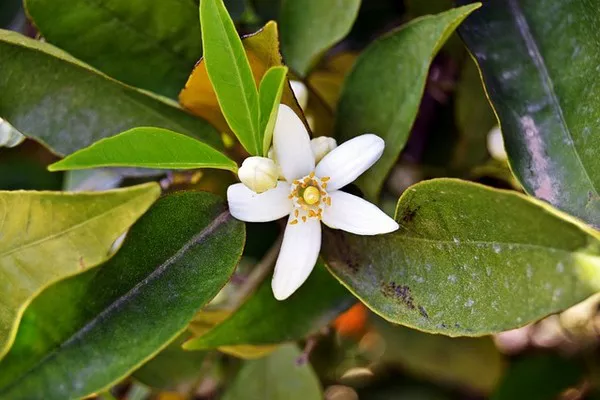Plants, the silent architects of our ecosystems, play a crucial role in maintaining the delicate balance of our planet. Understanding the fundamental needs of plants is paramount to fostering their growth and ensuring their survival. Whether you are an avid gardener or a curious observer of nature, knowing what plants require to thrive is essential. In this comprehensive guide, we delve into the key factors that contribute to the well-being of plants, shedding light on their intricate needs.
Sunlight:
At the heart of every plant’s vitality lies the energy of the sun. Through the process of photosynthesis, plants convert sunlight into energy, a vital fuel for their growth and development. Sunlight serves as the catalyst for the synthesis of carbohydrates, the building blocks of plant life. Different plants have varying requirements for sunlight, categorized broadly into full sun, partial sun, and shade. Understanding a plant’s specific sunlight needs is crucial for placing it in an environment where it can harness optimal energy for photosynthesis.
Water:
Water, often described as the elixir of life, is indispensable for plant survival. Plants rely on water for various physiological processes, including nutrient absorption, temperature regulation, and the maintenance of cell turgor pressure. The amount of water a plant needs varies based on factors such as species, climate, and soil conditions. Overwatering or underwatering can have detrimental effects on plants, emphasizing the importance of striking a balance to prevent root rot or dehydration.
Soil:
Soil serves as the foundation for plant growth, providing essential nutrients and support for roots. The composition of soil, including its texture, structure, and nutrient content, directly influences a plant’s ability to thrive. Different plants have specific soil requirements, ranging from well-draining sandy soils to moisture-retentive loamy soils. Understanding the characteristics of the soil in which a plant is placed enables gardeners to make informed decisions about fertilization and irrigation, promoting optimal growth.
Nutrients:
Plants require a diverse array of nutrients to sustain their metabolic processes and support healthy development. These nutrients can be broadly classified into macronutrients and micronutrients. Macronutrients, including nitrogen, phosphorus, and potassium, are needed in larger quantities, while micronutrients, such as iron, zinc, and manganese, are required in smaller amounts. Fertilization is a common practice to replenish soil nutrients, ensuring that plants have access to the elements necessary for robust growth.
Air and Carbon Dioxide:
While often overlooked, air and carbon dioxide are crucial components for plant survival. Plants absorb carbon dioxide from the air during photosynthesis, using it to produce carbohydrates. Additionally, oxygen is essential for cellular respiration, a process that releases energy for plant metabolism. Proper air circulation around plants is vital for preventing issues like fungal diseases and ensuring the efficient exchange of gases.
Temperature:
Plants exhibit a wide range of temperature tolerances, with each species having its optimal temperature range for growth. Extreme temperatures, whether too hot or too cold, can stress plants and impede their development. Understanding the climate and hardiness zone of a particular plant is essential for selecting suitable varieties and providing the right conditions for their well-being.
pH Levels:
The acidity or alkalinity of soil, measured by pH levels, significantly impacts nutrient availability for plants. Different plants thrive in specific pH ranges, and maintaining the appropriate soil pH is crucial for nutrient uptake. Regular soil testing helps gardeners adjust pH levels to create an environment conducive to plant growth.
Conclusion:
In the intricate tapestry of nature, plants stand as resilient entities, requiring a delicate balance of sunlight, water, soil, nutrients, air, carbon dioxide, temperature, and pH levels for survival. As stewards of our environment, understanding and catering to these fundamental needs are imperative for fostering healthy ecosystems and sustaining the diverse flora that graces our planet. Armed with this knowledge, gardeners, farmers, and nature enthusiasts alike can contribute to the flourishing of plant life and, by extension, the well-being of our planet. As we celebrate the remarkable diversity of plants on this occasion, let us reflect on the essential ingredients that underpin their survival and continue to marvel at the wonders of the botanical world.


